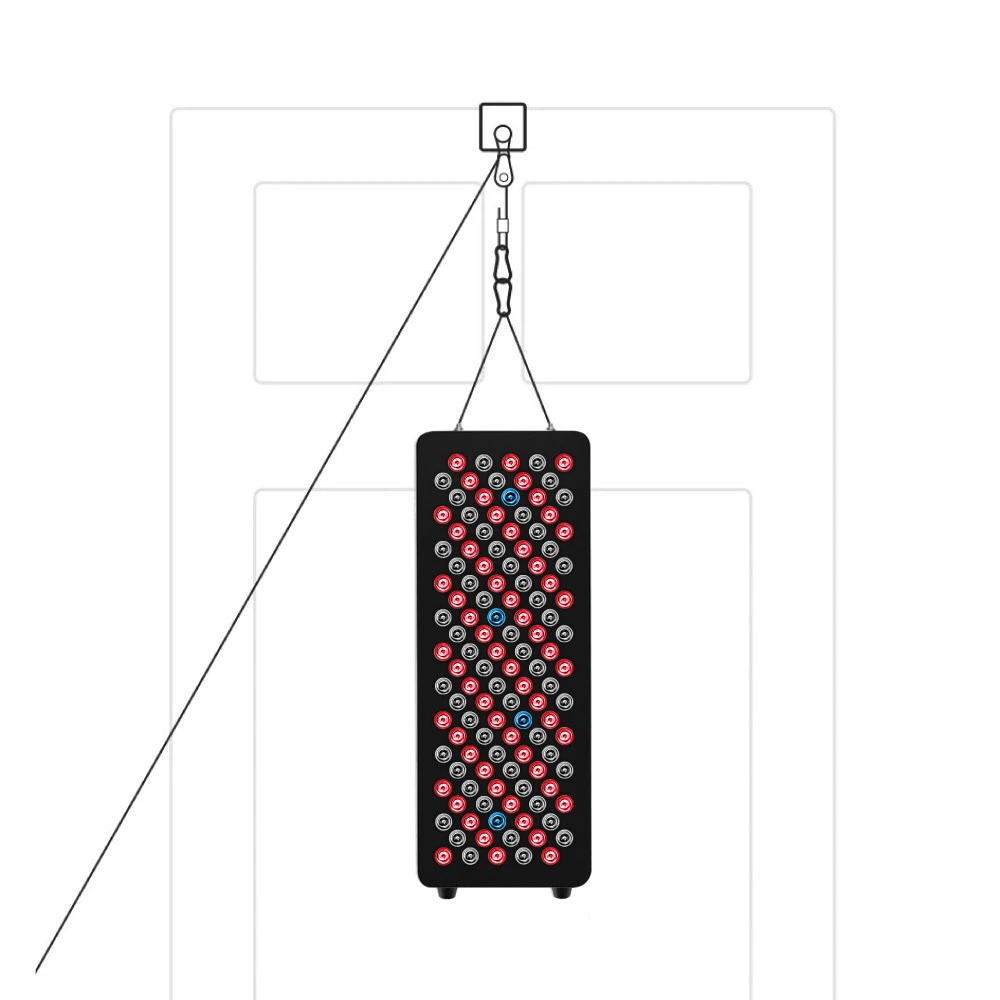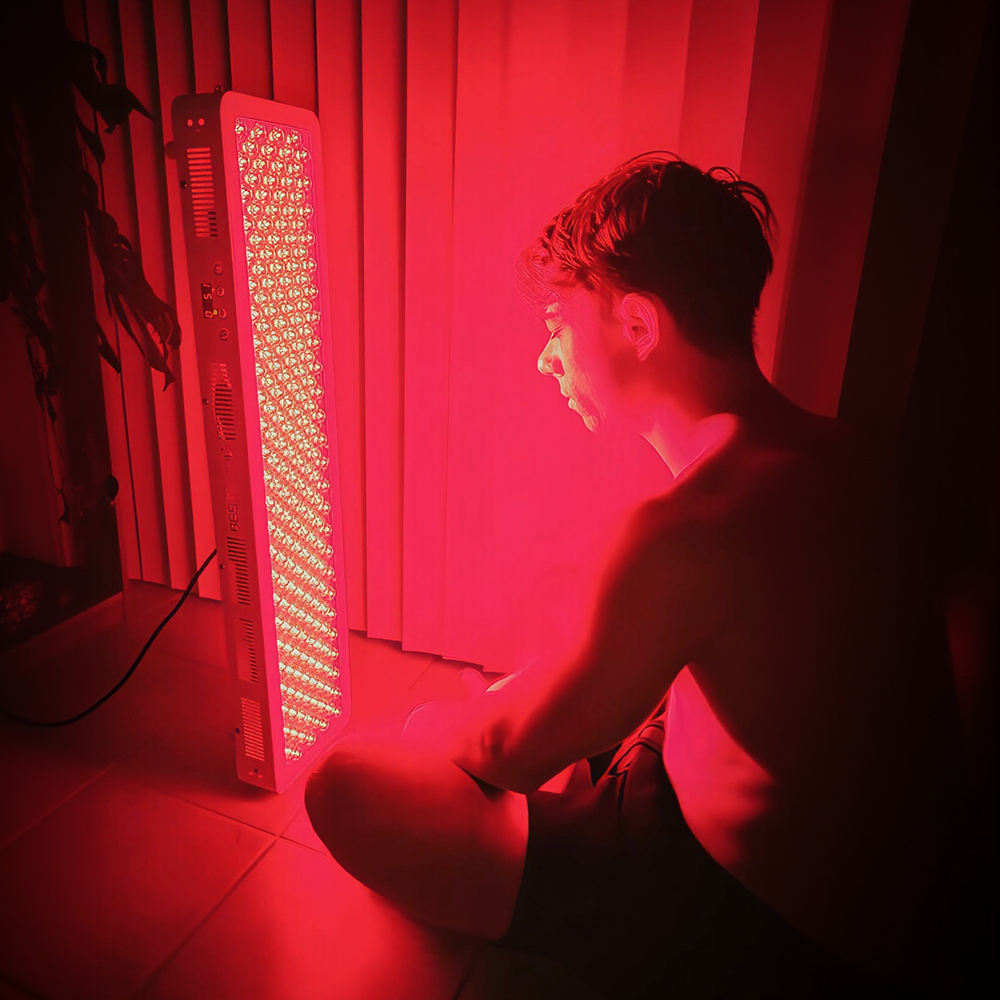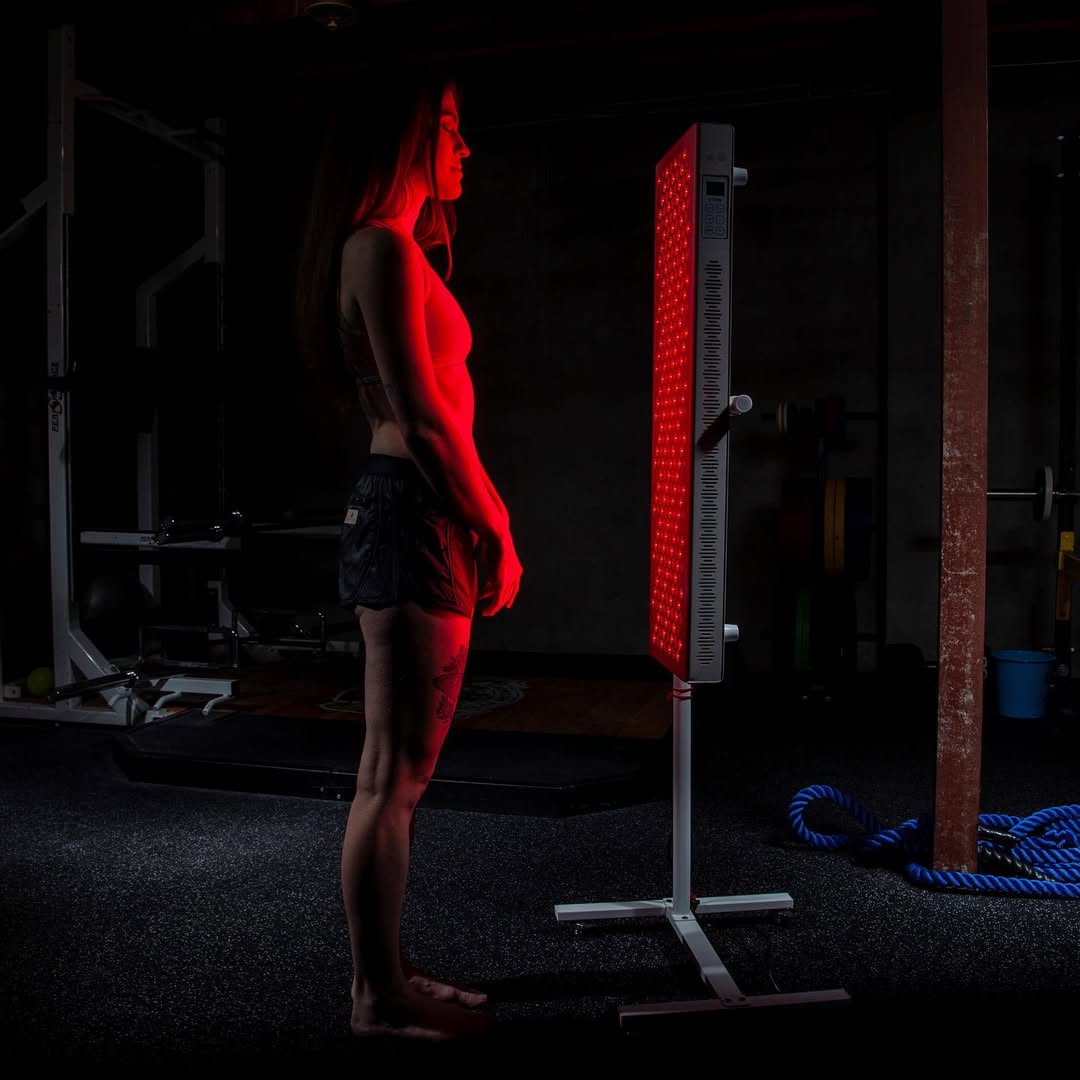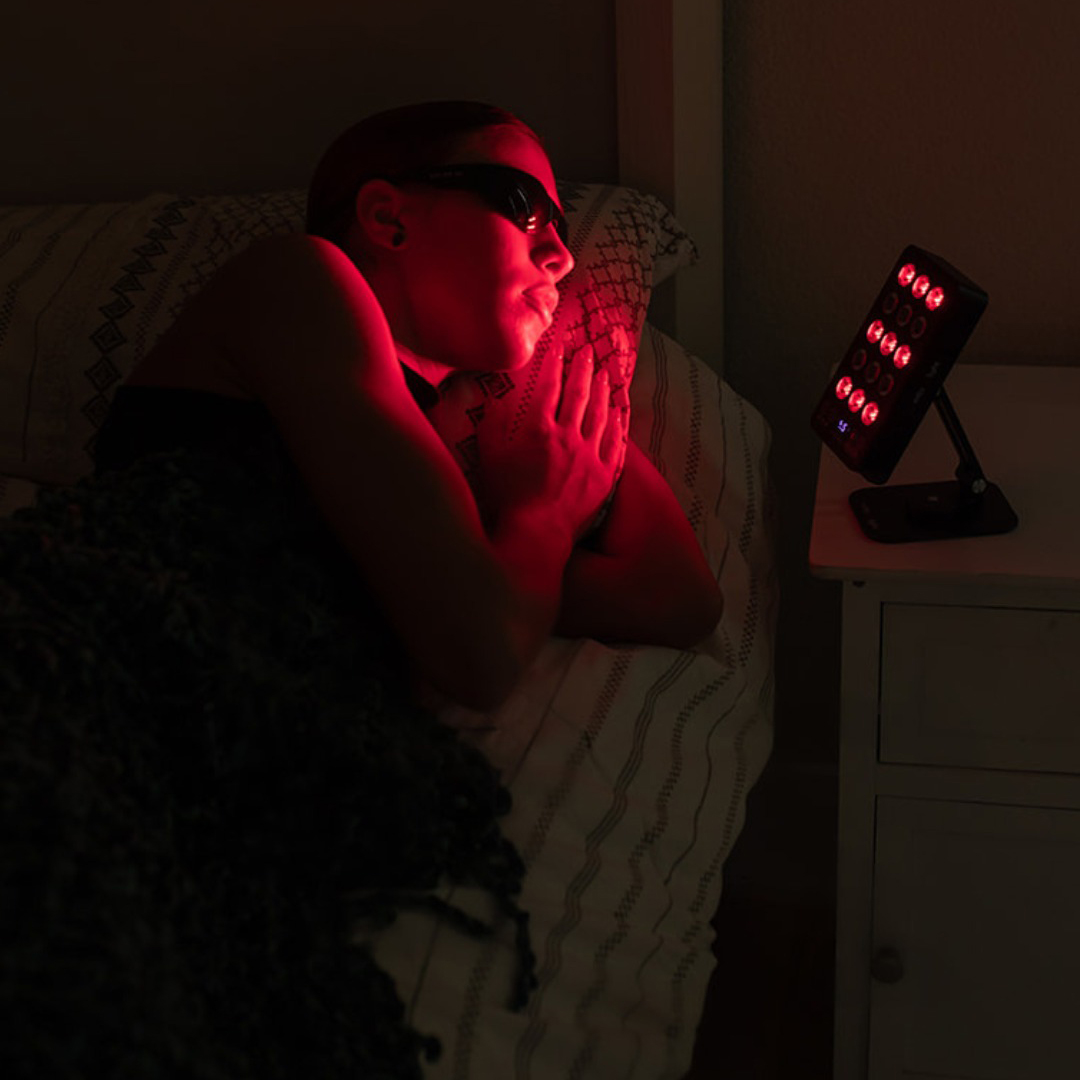![]() Free Shipping
Free Shipping ![]() Buy Now, Pay Later
Buy Now, Pay Later ![]() Eligible
Eligible
Red Light Therapy for Stye: A Science-Backed Guide to Soothing Relief
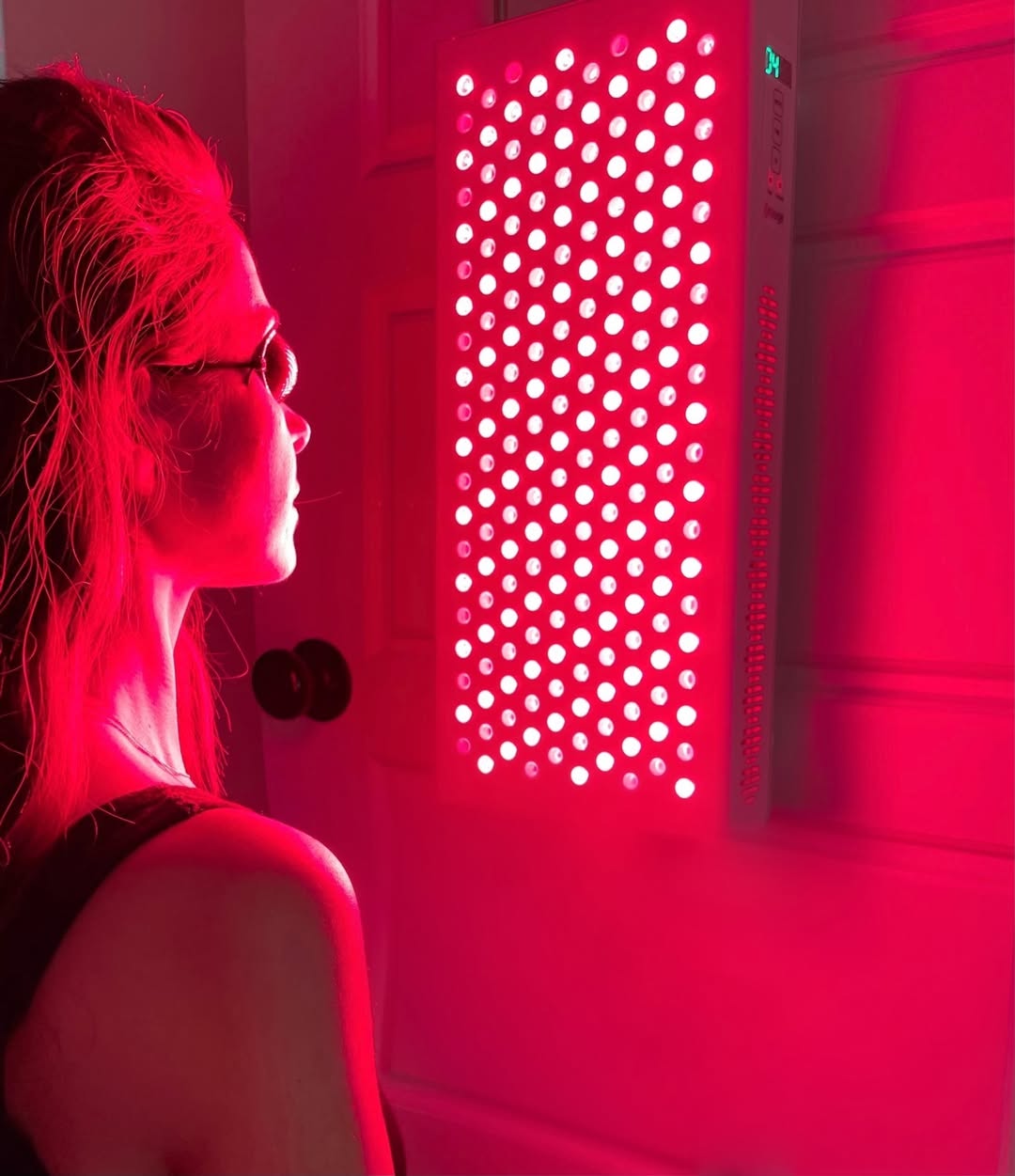
A stye (or hordeolum) is a common, painful, and often unsightly red bump that forms on the eyelid. While traditional remedies like warm compresses are the go-to, a modern, technology-driven solution is gaining attention: Red Light Therapy (RLT).
This article delves into how red light therapy can help treat a stye, examining the science behind it, its effectiveness compared to traditional methods, and how to use it safely.
What is a Stye, and What Causes It?
A stye is a small, painful lump on or inside the eyelid. It’s essentially a localized bacterial infection, most commonly caused by Staphylococcus bacteria, that affects an oil gland or an eyelash follicle.
Common causes and risk factors include:
- Touching or rubbing your eyes with unwashed hands.
- Using old or contaminated makeup.
- Having blepharitis (chronic inflammation of the eyelids).
- Leaving contact lenses in for too long or not cleaning them properly.
How Can Red Light Therapy Help Heal a Stye?
Red Light Therapy, also known as Low-Level Laser Therapy (LLLT) or photobiomodulation, uses specific wavelengths of red and near-infrared light to penetrate the skin. Unlike lasers that cut or burn, this low-wattage light is absorbed by the cells and triggers a natural biological response.
For a stye, the benefits are multi-faceted:
1. Reducing Inflammation and Swelling
Inflammation is the primary cause of the redness, pain, and swelling associated with a stye. RLT exposure has been scientifically shown to decrease inflammatory markers and increase blood flow, which helps drain excess fluid and reduce puffiness.
2. Promoting Healing and Tissue Repair
The light energy boosts mitochondrial function in your cells. Think of mitochondria as the “powerhouses” of the cell. By stimulating them, RLT enhances the production of Adenosine Triphosphate (ATP), the energy currency of the cell. This surge in cellular energy accelerates the repair and regeneration of damaged tissue around the infected gland.
3. Antibacterial Effects
While not a direct antibiotic, the anti-inflammatory and healing effects created by RLT can help the body’s immune system more effectively combat the bacterial infection. Some research also suggests that certain light wavelengths can have a mild antibacterial effect.
Doctor’s Insight:
“The body’s response to a stye is inflammation. Red light therapy works at a cellular level to modulate this inflammatory response. By reducing inflammation and enhancing circulation, it can help the body resolve the stye more comfortably and potentially more quickly.” — Dr. Sarah Jones, MD, Board-Certified Dermatologist
Red Light Therapy vs. Traditional Warm Compress: A Comparison
The warm compress is the gold standard home treatment. Here’s how RLT compares.
| Feature | Red Light Therapy | Traditional Warm Compress |
|---|---|---|
| Primary Mechanism | Photobiomodulation; reduces inflammation & boosts cellular energy. | Heat; helps liquefy and drain hardened oil blocking the gland. |
| Key Benefit | Reduces pain and swelling significantly; promotes healing. | Simple, inexpensive, and very effective at encouraging drainage. |
| Ease of Use | Requires a device; hands-free once positioned. | Requires active holding and reheating of the compress. |
| Cost | Higher initial investment for a device. | Very low cost. |
| Scientific Backing | Strong for reducing inflammation and tissue repair. | Strong and time-tested for meibomian gland dysfunction. |
The Verdict: They are not mutually exclusive. Many find that using a warm compress first to soften the oils, followed by a session of red light therapy to tackle inflammation and pain, provides the most comprehensive relief.
How to Use Red Light Therapy for a Stye Safely
Safety is paramount when dealing with the delicate eye area.
- Choose the Right Device: Use a high-quality, low-irradiance device designed for cosmetic or therapeutic use. Do not use industrial-strength lights.
- Clean the Area: Gently wash your face and ensure the eye area is free of makeup.
- Close Your Eyes: Always keep your eyes closed during the treatment. While red light is generally considered safe for the eyes, it’s best to avoid direct exposure.
- Maintain Proper Distance: Follow the manufacturer’s instructions, typically holding the device 6-12 inches away from your face.
- Be Consistent with Sessions: A typical session lasts 3-10 minutes per eye, and it’s often recommended to use it 1-2 times daily until the stye improves.
- Practice Hygiene: Continue to avoid touching or rubbing the eye, and do not attempt to pop the stye.
VELLGUS Elite V2
THE #1 RATED RED LIGHT DEVICE
VELLGUS pro V2
THE #1 RATED FULL BODY RED LIGHT DEVICE
When to See a Doctor
While red light therapy can be a helpful adjunct treatment, it is not a substitute for professional medical care.
Consult an ophthalmologist or your doctor immediately if:
- The stye doesn’t start to improve within 2-3 days.
- Vision becomes blurry.
- Swelling and redness spread to other parts of your face.
- You have a fever.
- The stye bleeds or grows very large.
Doctor’s Insight:
“Home therapies like warm compresses and now red light can be excellent first-line treatments for a simple stye. However, if there’s no improvement or symptoms worsen, it’s crucial to be evaluated. A persistent lump could be a chalazion, which may require different treatment, such as a steroid injection or minor surgical drainage.” — Dr. Michael Chen, OD, Optometrist
Conclusion
Red Light Therapy presents a promising, non-invasive, and drug-free option for managing the painful symptoms of a stye. By harnessing the power of specific light wavelengths to reduce inflammation and accelerate the body’s natural healing processes, it can be a valuable tool in your skincare and eye-health arsenal.
For best results, consider combining it with the tried-and-true method of warm compresses and, as always, maintain impeccable eyelid hygiene. If your condition is severe or does not improve, seeking professional medical advice is the most important step you can take.



